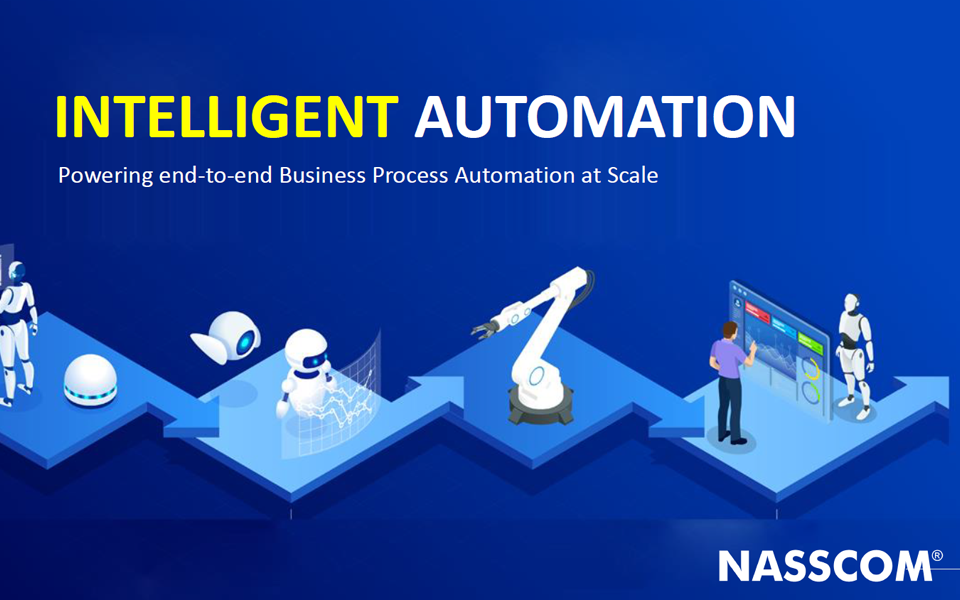In today’s dynamic business landscape, small and mid-sized enterprises (SMEs) have a unique opportunity to leverage artificial intelligence (AI) to optimize their operational processes. Specifically, AI-powered automation can help enhance customer interactions, improve service efficiency, and analyze vast amounts of data. This article serves as a step-by-step tutorial to guide operations managers through the process of designing, deploying, and monitoring an AI-powered automation system.
Before diving into the technical aspects, it is important to outline the prerequisites necessary for successful implementation. First, a clear understanding of the business processes you aim to automate is crucial. Identify repetitive tasks that consume significant time and resources. Next, you’ll need access to appropriate AI tools, which may include machine learning platforms, natural language processing systems, and automation software. Additionally, a reliable data infrastructure is essential, as AI relies heavily on high-quality, organized data for training and deployment.
Once you’ve gathered your prerequisites, the next step is to configure your AI automation system. Begin by selecting an AI platform that suits your business needs. For example, if you want to automate customer service, consider platforms that specialize in chatbots or automated response systems. Next, integrate data sources, such as CRM systems or databases, to feed relevant information into the AI model. Make sure to configure the settings to align with your desired outcomes. For instance, if you are aiming to analyze customer feedback, include appropriate data inputs like customer surveys and reviews.
After configuration, the next phase involves testing your AI system. Begin with a small dataset to validate the model’s performance. For example, if you’re deploying a customer service chatbot, you can input common customer inquiries to analyze how well the bot understands and responds. Assess the results by comparing the AI’s responses to expected outcomes. This initial testing phase helps identify any inaccuracies and allows you to refine the system accordingly. Make sure to document any discrepancies for further analysis.
Monitoring the performance of your AI automation is a critical step that should not be overlooked. After the initial deployment, continuously monitor the system to ensure it’s functioning as intended. This can include evaluating response times, accuracy rates, and customer satisfaction levels. Software analytics tools can be beneficial here, providing real-time insights into performance metrics. Regularly review these metrics to make necessary adjustments and optimize the AI model.
When building your AI-powered automation, it is also essential to address error handling. Consider implementing a feedback loop that allows users to report issues easily. For instance, if a chatbot fails to provide a satisfactory answer, customers should be able to escalate the issue to a human representative seamlessly. This ensures that no customer inquiry falls through the cracks, maintaining service quality and trust.
Cost control is a major consideration when implementing AI solutions. Various factors can affect the total cost of ownership, including platform fees, data storage costs, and ongoing maintenance requirements. To estimate ROI, consider both direct and indirect benefits, such as reduced labor costs and improved customer retention. A simple formula to use is ROI = (Net Benefits – Costs) / Costs. This will help you determine the financial viability of your AI project.
Security, data retention, and privacy also require careful consideration throughout your AI automation journey. Ensure that all data is encrypted both in transit and at rest to protect sensitive customer information. Implement data retention policies that comply with regulations like GDPR or HIPAA, defining how long data can be stored and how it should be disposed of. Regular security assessments and audits will also help to mitigate risks associated with data breaches.
Vendor lock-in is another factor to consider when selecting an AI solution. To avoid being overly dependent on a single vendor, choose platforms that support open standards and can easily integrate with multiple tools and services. This approach not only enhances flexibility but also enables you to pivot to alternative solutions should business needs change.
Ongoing maintenance of the AI system is vital to ensure it remains effective. Regular updates to the AI model will be required as new data becomes available. Establish a dedicated team to monitor performance and manage updates, ensuring the automation can adapt to changing business demands. Additionally, engaging with your AI vendor for support can help streamline this process.
In conclusion, SMEs can greatly benefit from AI-powered automation by following a structured approach. By understanding business processes, configuring appropriate tools, routinely testing and monitoring performance, and addressing key security and cost aspects, companies can position themselves for success in the post-pandemic enterprise landscape.
FlowMind AI Insight: The successful implementation of AI-powered automation is not just a technological upgrade; it’s a strategic shift that can propel smaller enterprises toward greater operational efficiency and customer satisfaction. By adhering to best practices and maintaining vigilance over security and vendor relationships, businesses can unlock the full potential of AI in their automation initiatives.
Original article: Read here
2025-09-13 09:29:00

